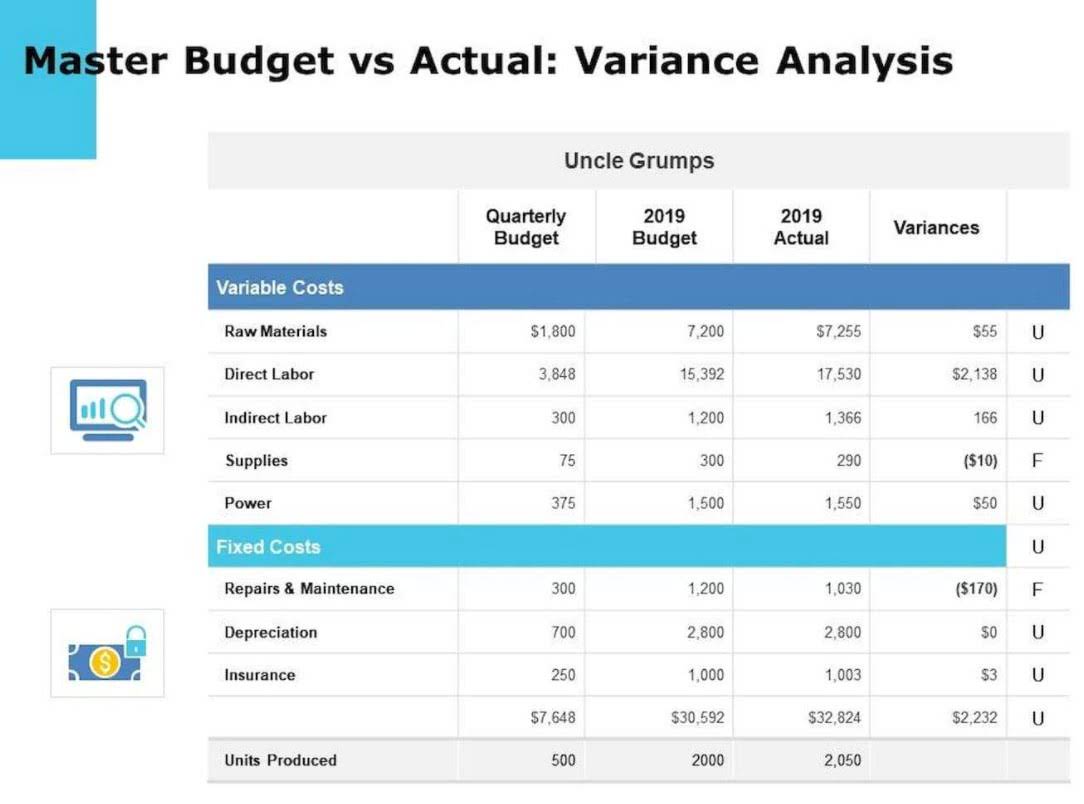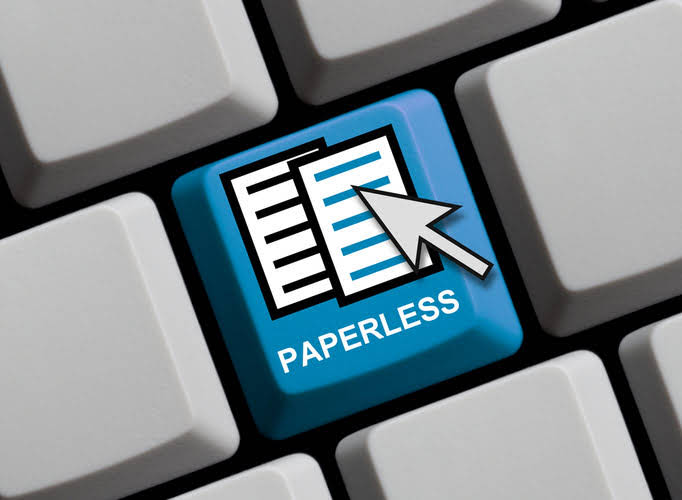What is Payment Reconciliation: How It Works; Types & Advantages
09/07/2024 07:49

It serves as a verification step, safeguarding financial integrity by confirming that all transactions are correctly recorded and accounted for across different systems. As time-consuming as it is, keeping good, accurate records is the cornerstone of running a business efficiently. It’s all too easy to make an error, lose a receipt or account for a payment that isn’t a business expense. And it’s essential that bank statements accurately reflect all business activities. When errors creep in, for example, if the company account is compromised in some way by an outside party, good reconciliation practices will flag up fraudulent activity.
- Payment reconciliation is the accounting process that verifies transaction records and payables data for accuracy and completeness.
- Many financial institutions provide direct feeds or allow for the download of transaction files in formats compatible with these software programs.
- It matches purchases and payments recorded in the accounting system against credit-card statements to ensure accuracy and detect any unauthorized or fraudulent transactions.
- Download our data sheet to learn how to automate your reconciliations for increased accuracy, speed and control.
- This means a payment using crypto is potentially subject to capital-gains tax, based on its value when it was paid and when it was received.
- Go through each transaction in the internal records and find the corresponding entry in the bank statements or other external records.
- It not only increases efficiency but also minimises the risk of overlooking discrepancies or errors in large datasets.
Regulatory Reporting Data Sheet

In any case, action needs to be taken as soon as possible when a discrepancy is detected. Account reconciliation is more important than just ensuring the numbers on statements are correct; it’s about financial health. For individuals, regularly reconciling accounts can help prevent overspending, help track expenses, and avoid unnecessary fees and credit card debt. Manual reconciliation is prone to human error, which can lead to discrepancies and financial inaccuracies. Automated systems minimize these risks by ensuring that transactions are matched accurately, reducing the likelihood of mistakes that could lead to financial discrepancies.
Time-consuming
Thus, accurate payment reconciliation emphasizes healthy cash flows and overall financial health. It provides businesses with better visibility into any outstanding balances and current cash balances, helping organizations make more informed purchasing decisions. Without it, missed invoices, manual data entry errors, or intentional fraud could go undetected, resulting in financial consequences for an organization.

Customers
Suspicious activity is more difficult to detect across a manual payment reconciliation process, increasing the risk of fraud. Accounts payable reconciliation involves matching vendor invoices and payments to ensure that payments made by the organization align with outstanding and completed invoices. The basic process of payment reconciliation requires connecting and comparing numbers from the ERP system with the bank ledger. Finance teams can use a bank feed to verify and track payments against accounts. An AP automation solution, like MineralTree, which processes all domestic transactions as batch payments, can streamline the reconciliation process.
Automation

Payment orchestration platforms like Gr4vy centralize payment data from different bookkeeping providers, normalize formats, and make it easier to track and reconcile transactions with fewer errors and delays. Common issues include inconsistent data formats across PSPs, mismatched reference numbers, settlement timing differences, and the manual effort required to track transactions across multiple systems. Lastly, the complete reconciliation process must be documented, all discrepancies moted, causes listed, and resolutions written down. After that, one has to regularly review the documentation to conserve accuracy and enhance internal controls.

If any records are mismatched, then further investigation will be necessary to resolve the issue. If there is a discrepancy, revisiting the corresponding purchase order or invoice to payment reconciliation definition determine the correct amount will be necessary. In case of any discrepancy, businesses can promptly address it and find a resolution before it becomes a more serious and costly problem.
- A payment reconciliation report is generated at the end of the reconciliation process to summarize the findings.
- Moreover, errors in mass payments can lead to overpayments or underpayments, creating further complications.
- This is because it withdraws all the payment funds via ACH ahead of time, and then handles the implementation of payments on the organization’s behalf to suppliers across their preferred formats.
- Other platforms offer a user-friendly interface and powerful drill-down capabilities for easier transaction analysis.
- If you do not want to trawl through truckloads of financial statements by the end of a financial year, opt for a higher frequency of reconciliation.
- Moreover, the key goal of regular transaction checks is to identify fraud as early as possible since consumers are more protected under federal law than by a business.
Time-Consuming Processes
For example, a consistent reconciliation process can detect fraudulent invoices or unauthorized payments, which directly contribute to maintaining the organizations financial health and ethical standing. Payment reconciliation is a process used to compare two sets of records or transactions with one another in order to ensure accuracy and completeness. This process is commonly used when reconciling bank statements, credit card statements, invoices, and other financial https://irthirtyfive.cubixdesigns.com/accounting-bookkeeping-for-social-media/ records. It ensures that all parties involved in a transaction are aware of the payment status, which can help prevent fraud or overpayment.




















